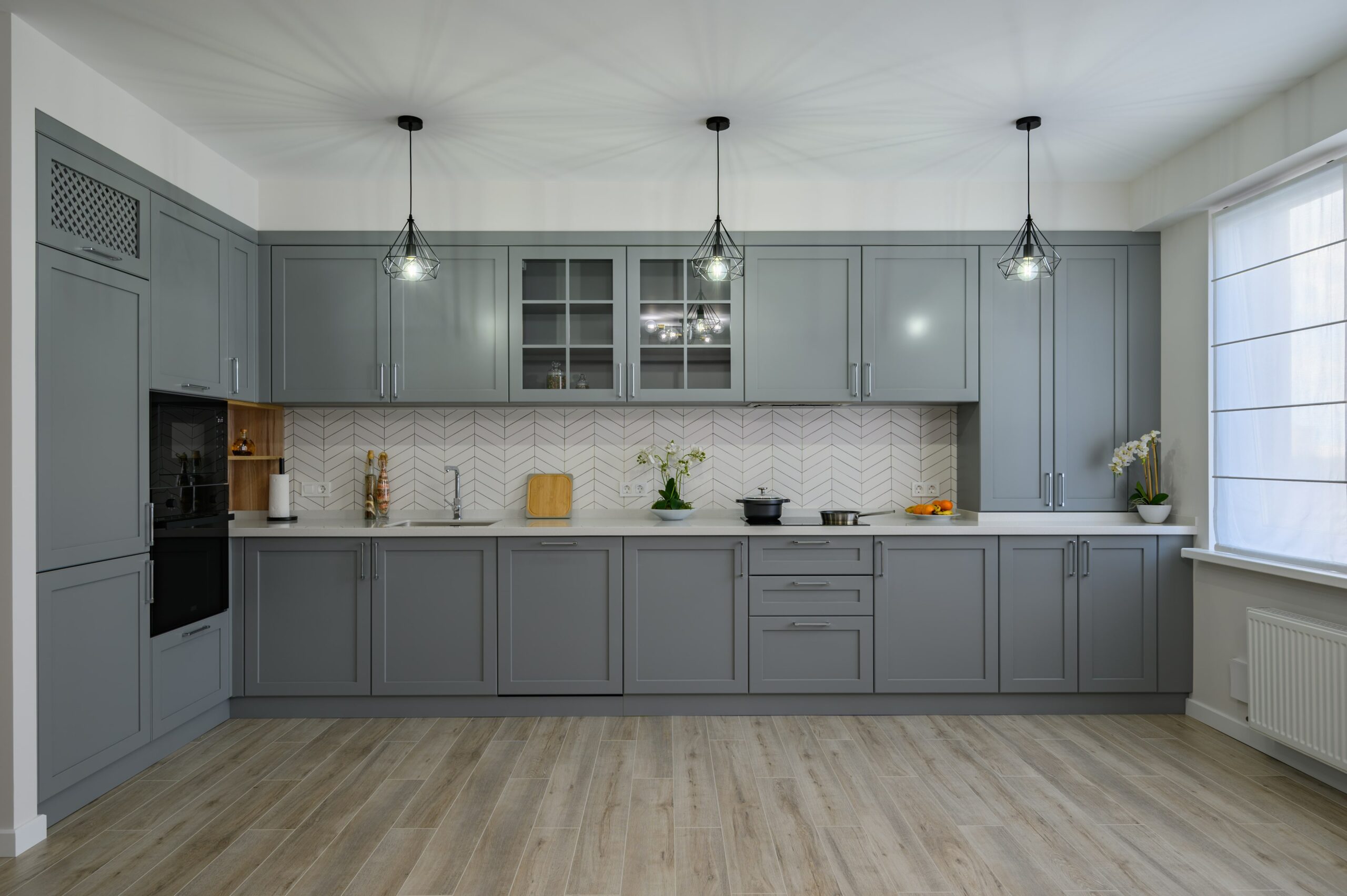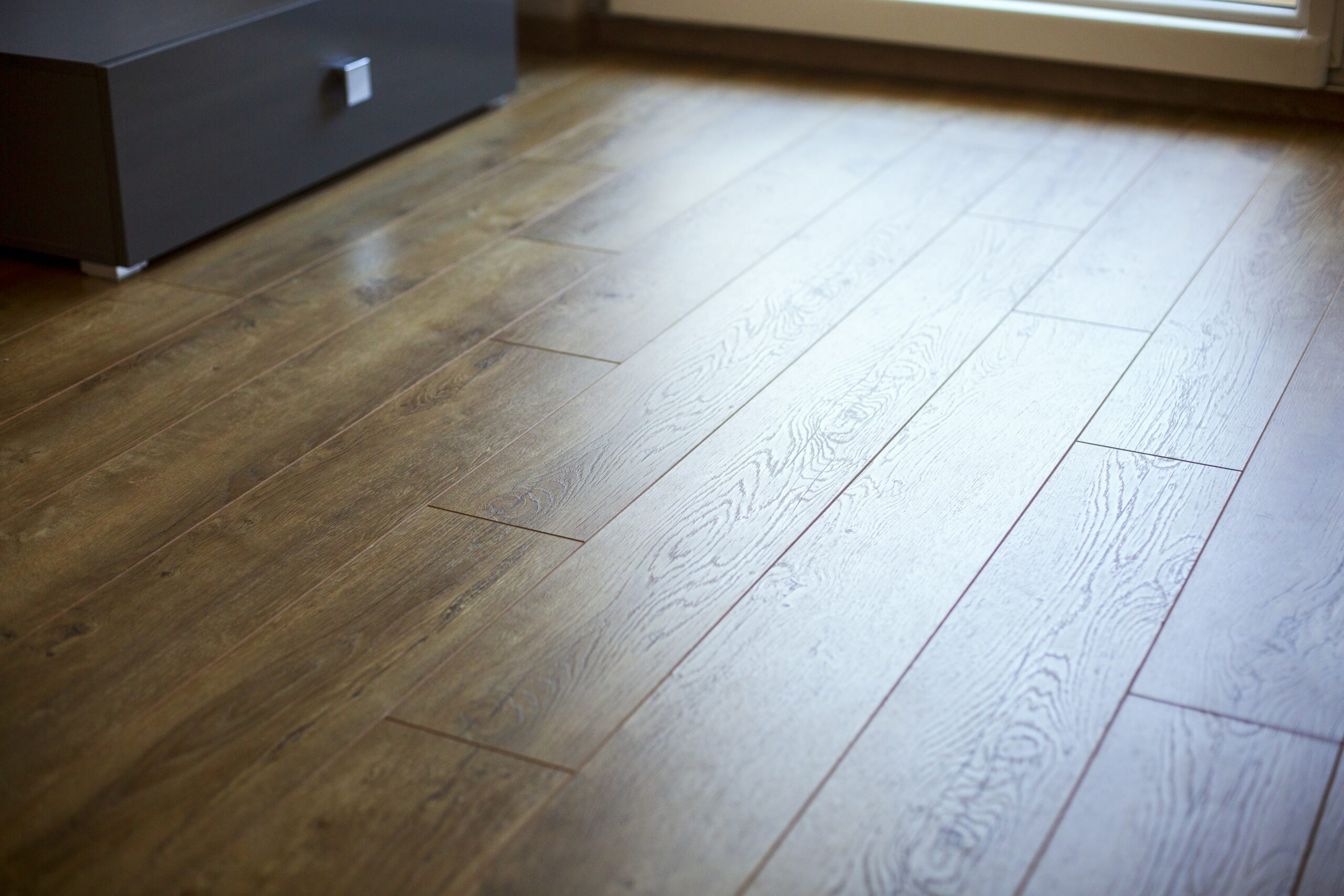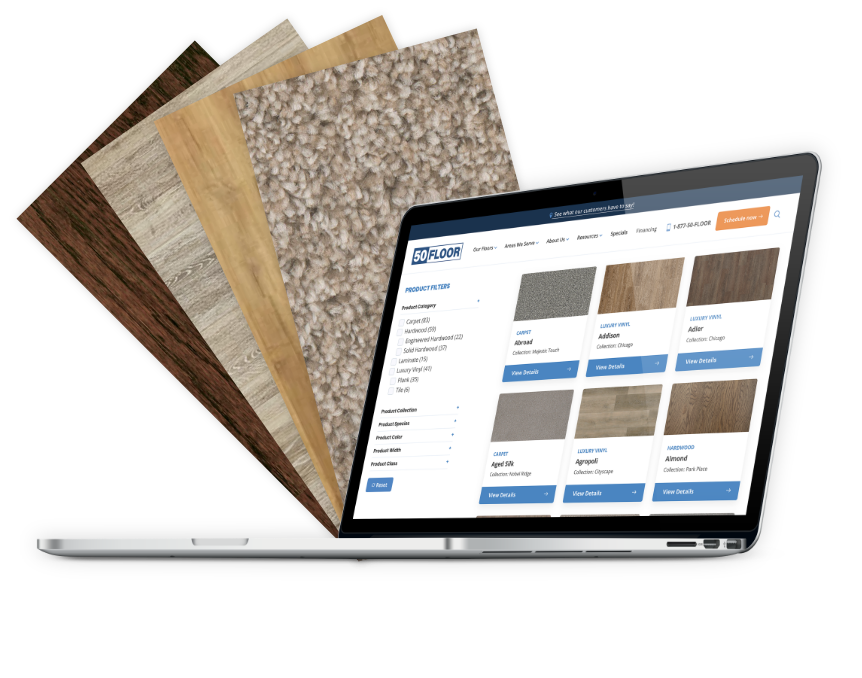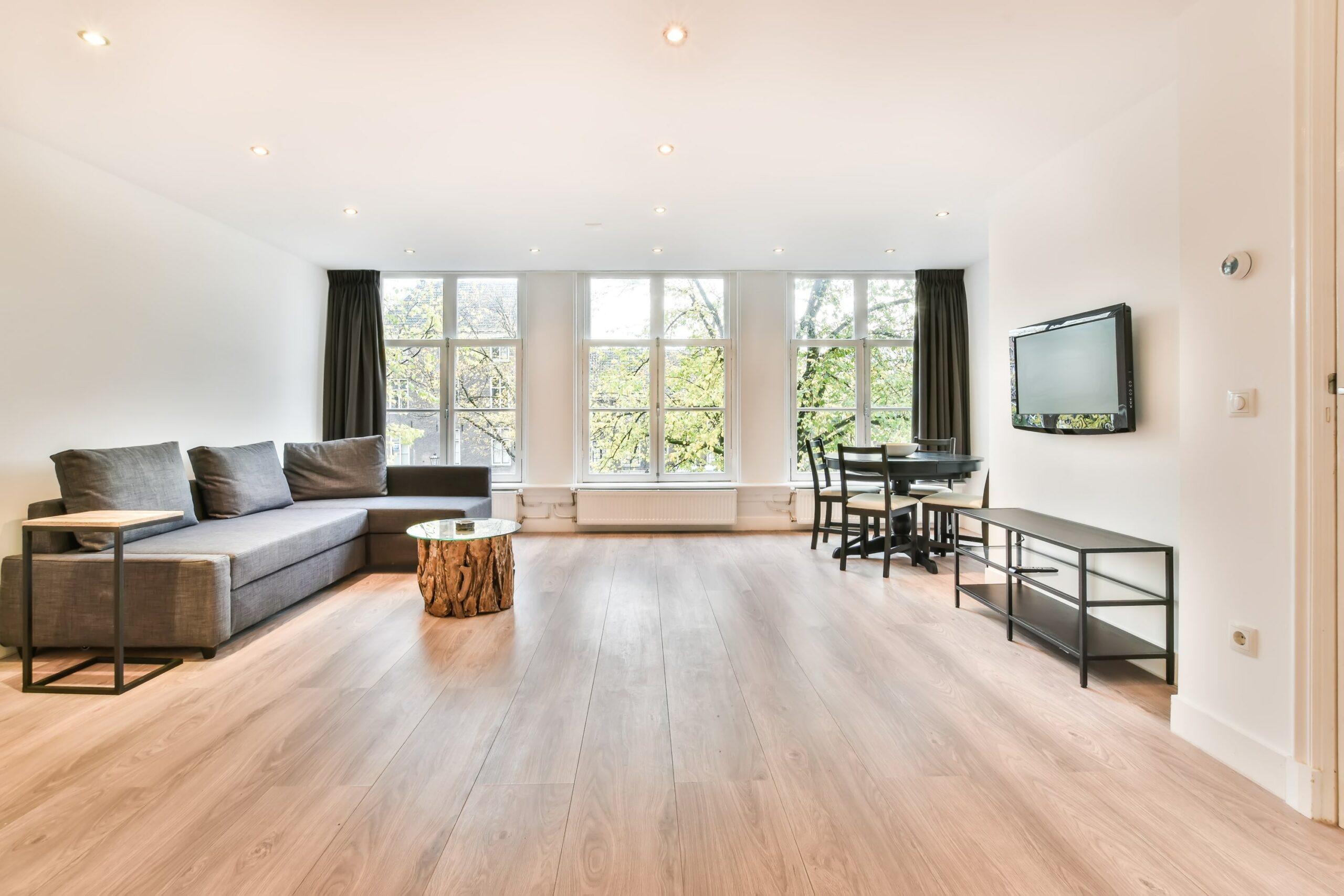The hard surface of laminate flooring can present a different trigger to asthma and allergy sufferers.
For asthma sufferers, indoor air quality plays a critical role in managing their condition, and choosing the right flooring material is an important consideration. This page evaluates the safety of laminate flooring for individuals with asthma.


Asthma and Indoor Air Quality
Asthma is triggered by many factors, including dust mites, pet dander, mold spores, and volatile organic compounds (VOCs).
Since we spend a significant amount of time indoors, the quality of indoor air is crucial in managing asthma. Flooring materials can influence indoor air quality by contributing to dust accumulation, allergen buildup, and VOC emissions.
Potential Concerns with Laminate Flooring for Asthma Sufferers
Dust and Allergen Accumulation
While nonporous, laminate flooring can still accumulate dust and allergens over time.
However, compared to carpets, which can trap dust, pollen, and pet dander, laminate flooring is easier to clean and maintain. Regular cleaning can help minimize allergen buildup, making it a safer option for asthma sufferers.




Advantages of Laminate Flooring for Asthma Sufferers
Hypoallergenic Properties of Laminate Flooring
Laminate flooring is often considered hypoallergenic due to its smooth, nonporous surface that resists allergen buildup. Unlike carpets, which can harbor dust mites and pet dander, laminate flooring can be easily cleaned with regular sweeping and mopping, reducing the presence of allergens.
Low Maintenance Benefits
One of the key advantages of laminate flooring is its low maintenance nature. Simple cleaning routines, such as vacuuming with a HEPA filter and damp mopping, can effectively reduce allergens. Additionally, laminate flooring is durable and resistant to stains, making it a practical choice for households with asthma sufferers.
Advances in Laminate Flooring Technology
Recent advancements in laminate flooring technology have led to the development of low VOC and VOC-free products. These innovations have resulted in safer options for indoor air quality.
Certifications such as GREENGUARD and FloorScore indicate that the flooring meets the standards for low chemical emissions, providing additional peace of mind for asthma sufferers.
Assessing the Safety of Laminate Flooring
Studies and Research Findings on Laminate Flooring and Asthma
Several studies have investigated the impact of laminate flooring on indoor air quality and asthma.
Research findings suggest that high-quality laminate flooring with low VOC emissions does not significantly contribute to asthma symptoms. Review relevant studies and consult with healthcare professionals when making a flooring decision.
Industry Standards and Certifications
Certifications like GREENGUARD and FloorScore ensure that laminate flooring products meet strict environmental and health standards.
These certifications indicate low levels of VOC emissions, making certified products safer for indoor air quality. Choosing certified laminate flooring can help reduce concerns related to asthma triggers.


Best Practices for AsthmaSafe Laminate Flooring
Choosing Low VOC or VOC- Free Laminate Options
Choose products labeled as low VOC or VOC-free. Manufacturers often provide information on VOC levels, making it easier to identify safer options. Reading product labels and consulting with flooring experts can guide you in making an informed choice.
50Floor can help you choose laminate floors that won’t trigger allergies and even sustainable options to make Mother Earth happy.
We offer a wide selection of sustainable laminate flooring made from eco-friendly materials and certified low in VOCs, ensuring better indoor air quality.


Proper Installation and Maintenance
Professional installation ensures that the flooring is laid correctly, reducing gaps where dust and allergens can accumulate. Regular cleaning with a vacuum equipped with a HEPA filter and damp mopping can help maintain a healthy indoor environment.
Additional Measures to Improve Indoor Air Quality
In addition to choosing the right flooring, other measures can further enhance indoor air quality. Using air purifiers with HEPA filters, maintaining proper ventilation, and controlling indoor humidity levels can significantly reduce asthma triggers.


Other Floors for Allergy Sufferers
Hardwood Flooring
Hardwood flooring is often recommended for allergy sufferers due to its smooth, non-porous surface. Unlike carpets, hardwood floors can be easily swept and mopped, ensuring that allergens are effectively removed from the home environment.
Additionally, hardwood floors do not off-gas harmful chemicals, especially if you choose finishes that are low in VOCs. The durability and timeless appeal of hardwood make it an excellent long-term investment for maintaining a healthy, allergen-free home.


Luxury Vinyl Flooring
Luxury vinyl flooring is another excellent option for allergy sufferers. This type of flooring combines the aesthetic appeal of natural materials like wood or stone with the practicality of vinyl.
Its non-porous surface prevents the accumulation of dust and allergens, and it’s easy to clean with regular sweeping and mopping.
Many luxury vinyl products are designed to be low in VOCs, further enhancing indoor air quality. Additionally, luxury vinyl is resistant to moisture and mold, making it a suitable choice for allergy-prone areas like kitchens and bathrooms.
With its durability and ease of maintenance, luxury vinyl flooring offers both comfort and allergen control.


Natural Carpets
For those who prefer the warmth and softness of carpet, natural carpets made from materials like wool, jute, or sisal are a healthier alternative for allergy sufferers.
Wool carpets have natural hypoallergenic properties and are resistant to dust mites. These natural fibers do not release harmful chemicals and are often treated without the use of harsh chemicals or dyes, reducing the risk of triggering allergies.
Regular vacuuming with a HEPA filter can keep natural carpets free from dust and allergens. While carpets generally require more maintenance to stay allergen-free, choosing natural materials can make a significant difference in creating a healthier indoor environment.


GET INSPIRED
Flooring to MATCH YOUR STYLE

















